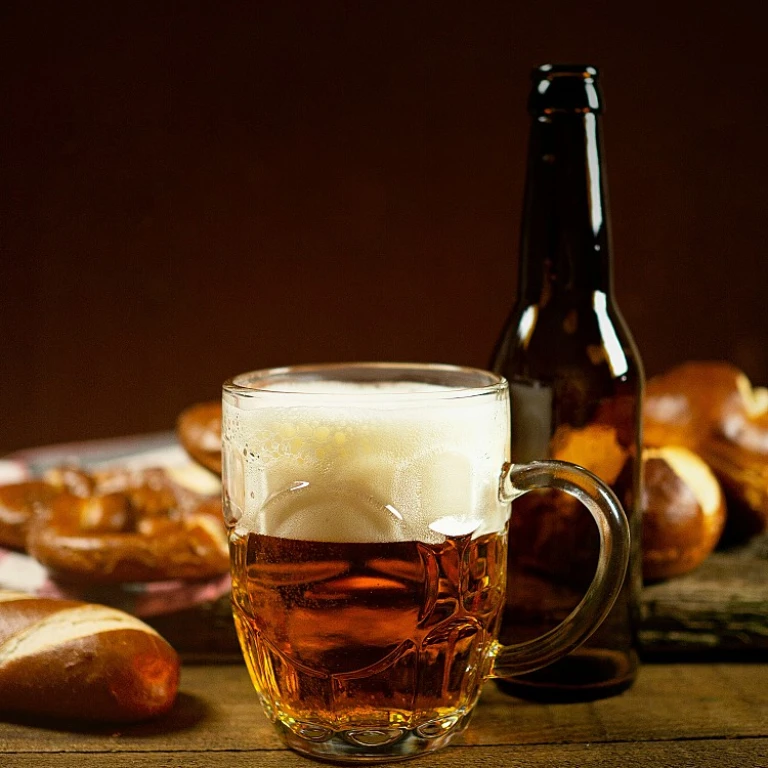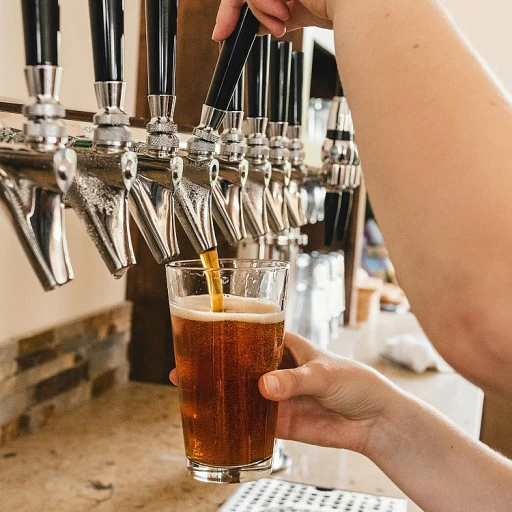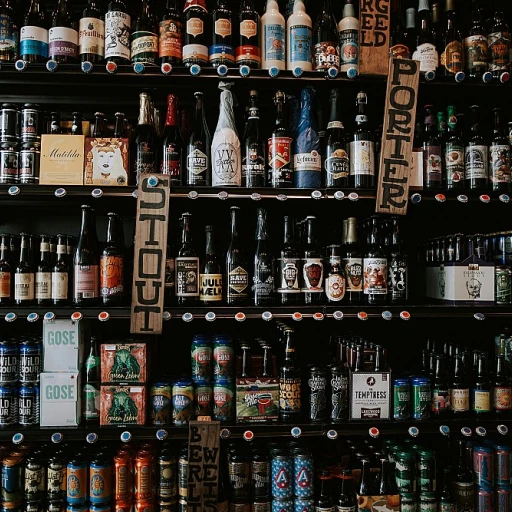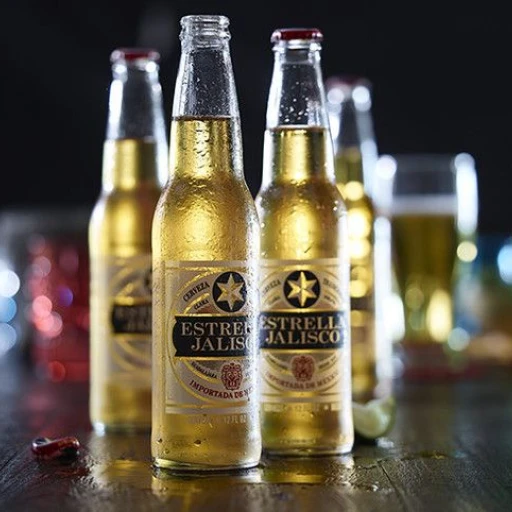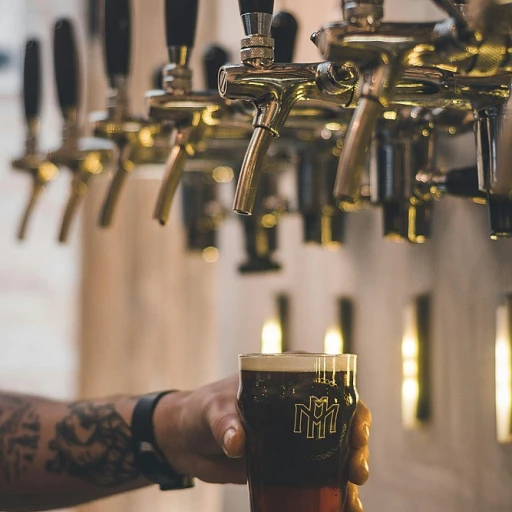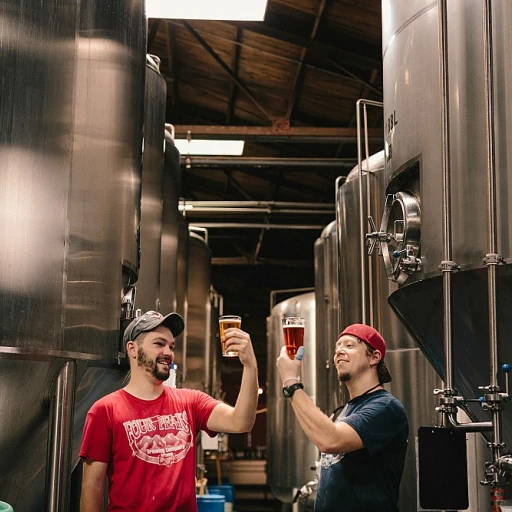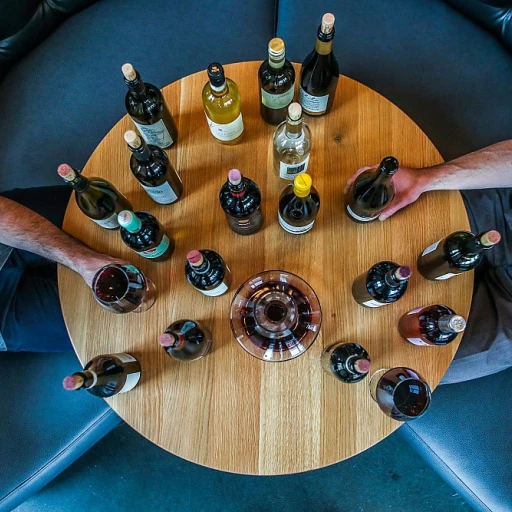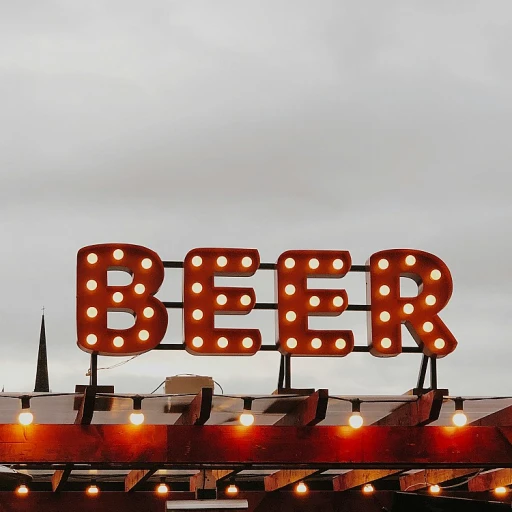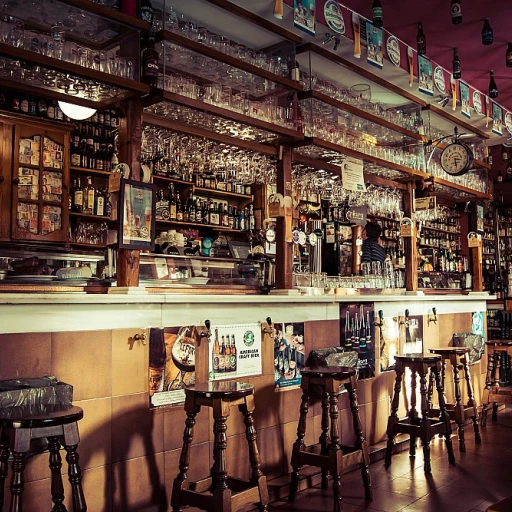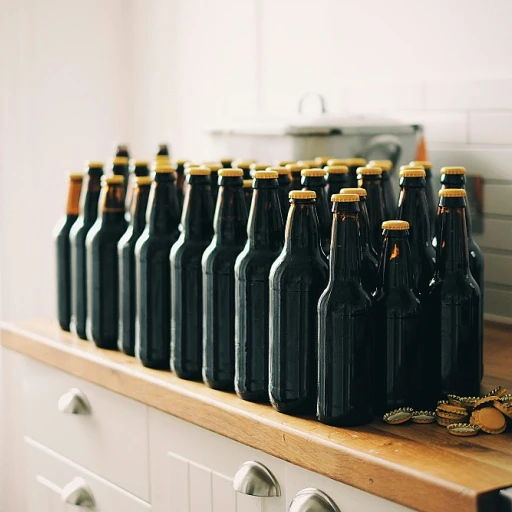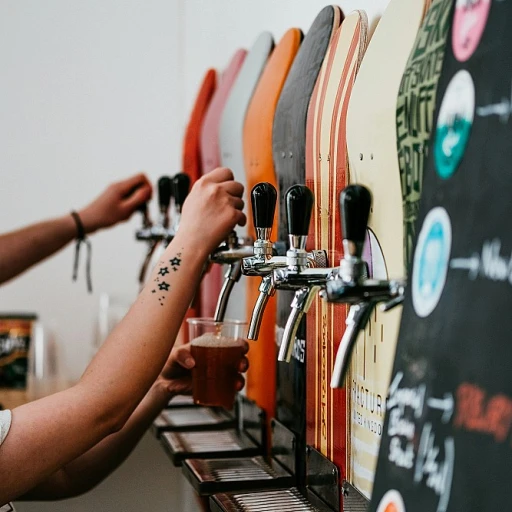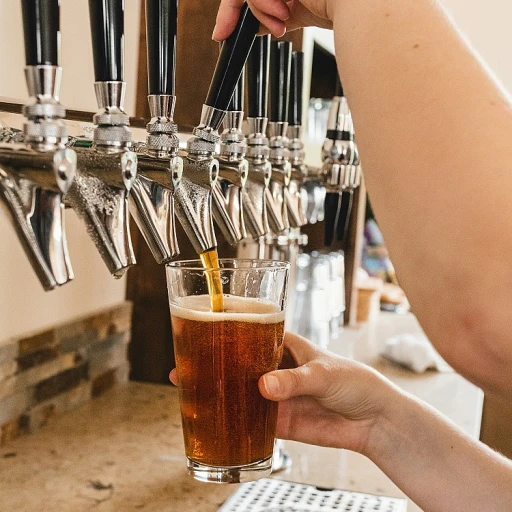The History Behind Blue Beer Cans
The Origins of Blue Beer Cans
The blue beer can has become an iconic symbol in the beer industry, but its journey to prominence is as colorful as its hue. The story begins with the evolution of beer packaging, where cans were introduced as a convenient and lightweight alternative to bottles. Initially, beer cans were primarily silver or gold, reflecting the metallic material they were made from. However, as the competition in the beer market intensified, breweries sought distinctive packaging to stand out on the shelves.
Marketing and Branding
Blue emerged as a popular choice for beer cans due to its association with refreshment and coolness, attributes that resonate well with beer drinkers. The color blue is also versatile, complementing various beer styles from lagers to ales. This strategic use of color in marketing helped breweries attract attention and build brand identity. The choice of blue was not just aesthetic; it was a calculated move to capture consumer interest in a crowded market.
Technological Advancements
As technology advanced, so did the possibilities for can design and printing. The introduction of high-quality printing techniques allowed for more vibrant and durable colors, including the now-famous blue. This technological leap enabled breweries to experiment with different shades and designs, further enhancing the appeal of their products. The blue can became a canvas for creativity, allowing brands to tell their story through eye-catching visuals.
For those looking to stock up on their favorite brews, grab a 12-pack of Corona beer for your next get-together and explore the variety of blue cans available on the market today.
The Popularity of Blue Cans in the Beer Market
Why Blue Cans Stand Out on the Shelves
In the bustling beer market, blue cans have carved out a unique niche. Their vibrant color is not just a design choice; it plays a crucial role in attracting consumers. The eye-catching hue stands out among the more traditional gold, silver, and green cans, making it an effective tool for grabbing attention on crowded shelves.
Psychological Appeal of Blue
Blue is often associated with feelings of calmness and reliability, which may explain why it resonates so well with beer drinkers. This color choice taps into a psychological comfort zone, suggesting refreshment and trustworthiness. It's a subtle but powerful way to influence purchasing decisions.
Blue Cans and Brand Recognition
For brewing companies, the blue can is more than just a packaging option; it's a branding strategy. Many brands have successfully used blue cans to build a strong identity, making it easier for consumers to recognize their products instantly. This strategy not only boosts sales but also fosters brand loyalty.
To learn more about how different elements like alcohol content play a role in beer selection, you might find this understanding of alcohol content insightful.
A Look at Blue Beer Cans: Regular, Light, and More
Variety in Blue: Exploring Different Types of Beer Cans
When it comes to blue beer cans, variety is the spice of life. These cans are not just a marketing gimmick; they represent a wide range of beer styles, each catering to different tastes and preferences. From regular to light beers, and even more specialized brews, blue cans have carved a niche in the beer industry.
Regular Beers: The classic choice for many, regular beers in blue cans often offer a balanced taste, appealing to both seasoned beer enthusiasts and casual drinkers. They typically feature a standard alcohol content, making them a reliable choice for those who enjoy a traditional beer experience.
Light Beers: For those who prefer a lighter option, blue cans also house light beers. These are perfect for those looking to enjoy a beer with fewer calories and a lower alcohol content, without sacrificing flavor. Light beers in blue cans are popular for their refreshing quality, making them ideal for social gatherings and casual sipping.
Specialty Brews: Blue cans are not limited to just regular and light beers. Many breweries are experimenting with unique flavors and styles, offering something for every palate. Whether it's a seasonal brew or a limited-edition flavor, blue cans provide a platform for innovation. For instance, some breweries have ventured into creating tropical flavors, much like the refreshing world of pineapple cider beer, expanding the horizons of what beer in a blue can can be.
In essence, blue beer cans are more than just a packaging choice; they are a gateway to a diverse range of beer experiences. Whether you're a fan of the classics or looking to try something new, there's likely a blue can out there that suits your taste.
Price and Packaging: The Economics of Blue Beer Cans
Understanding the Cost Dynamics of Blue Beer Cans
When it comes to the economics of blue beer cans, several factors influence their pricing and packaging. From production costs to market demand, each element plays a significant role in determining how these cans are priced and presented to consumers.
Production Costs and Material Choices
The choice of materials in producing blue beer cans can impact their cost. Aluminum is the most common material used, valued for its lightweight and recyclable properties. However, the price of aluminum can fluctuate based on market conditions, affecting the overall cost of production. Additionally, the specific blue hue chosen for the can might require special dyes or coatings, adding to the expense.
Market Demand and Consumer Preferences
As discussed earlier, the popularity of blue cans has surged in the beer market, driven by consumer preferences and marketing strategies. This demand can lead to economies of scale, where increased production volumes help reduce costs. However, it also means that breweries need to invest in branding and design to make their blue cans stand out, which can add to the expenses.
Packaging Strategies and Innovation
Breweries often employ innovative packaging strategies to attract consumers. This includes offering blue cans in various sizes and multipacks, catering to different consumer needs and preferences. Such strategies can influence pricing, as larger packs or unique packaging designs might offer better value or appeal to niche markets.
Competitive Pricing in the Beer Industry
The beer industry is highly competitive, and breweries must carefully price their products to remain attractive to consumers. Blue beer cans are no exception, and their pricing strategies often reflect the need to balance production costs with market competitiveness. Special promotions, discounts, or limited edition releases can also play a role in how these cans are priced.
Brewing Companies and Their Blue Can Innovations
Innovative Designs and Branding
Brewing companies have embraced the blue can as a canvas for creativity, using it to make bold statements and connect with consumers. The choice of blue is not just about aesthetics; it often symbolizes freshness, reliability, and a modern twist on tradition. Many breweries have taken this opportunity to experiment with unique designs and eye-catching graphics that stand out on the shelves.
Craft Brewers Joining the Trend
While major beer brands were among the first to adopt blue cans, craft breweries have also started to explore this trend. By doing so, they aim to reach a broader audience while maintaining their artisanal appeal. Craft brewers often use the blue can to highlight limited edition releases or special collaborations, adding an element of exclusivity and intrigue.
Technology and Sustainability
Innovation in blue beer cans extends beyond design. Many companies are investing in sustainable packaging solutions, ensuring that their cans are environmentally friendly. This includes using recycled materials and implementing energy-efficient production processes. As consumers become more eco-conscious, the commitment to sustainability in packaging can significantly influence purchasing decisions.
Marketing Strategies and Consumer Engagement
Breweries have developed marketing strategies that leverage the appeal of the blue can. Social media campaigns, interactive promotions, and limited-time offers often revolve around these distinctive cans. By engaging consumers in creative ways, companies not only boost sales but also build a loyal customer base that associates the brand with innovation and quality.

